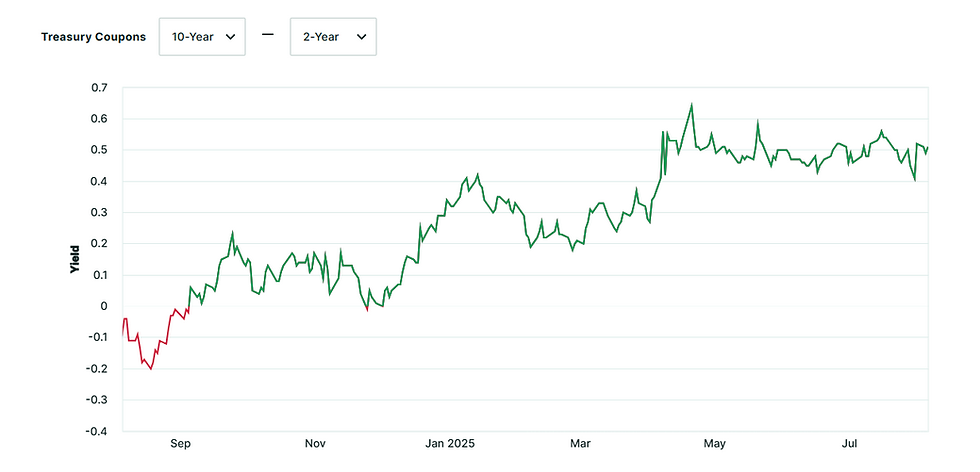Adjustable-Rate Mortgage Caps: Understanding Rate Limits
- Michael Belfor

- Jul 29
- 2 min read

An adjustable-rate mortgage (ARM) offers a variable interest rate that can change over time, based on market conditions. However, to protect borrowers from dramatic increases in interest rates, ARMs come with caps, which limit how much the rate can change at any given time or over the life of the loan. Understanding these caps is crucial for borrowers considering an ARM, as they help balance the risk of rising rates.
There are three common types of rate caps: initial, periodic, and lifetime. The initial cap limits how much the interest rate can increase after the fixed-rate period ends. For example, if your ARM has a fixed rate for the first five years, the initial cap may limit the rate increase to a specific percentage, such as 2%, during the first adjustment after that period.
The periodic cap limits how much the interest rate can change at each subsequent adjustment. For example, after the initial rate adjustment, the periodic cap may limit future adjustments to 2% per year. This ensures that borrowers don’t face drastic increases from one year to the next, providing some stability in monthly payments.
The lifetime cap is the most critical cap, as it limits how much the interest rate can increase over the life of the loan. For example, if your ARM has a lifetime cap of 5%, your interest rate can never increase more than 5% above the initial rate. This cap protects borrowers from runaway interest rates, which could make the mortgage unaffordable over time.
While rate caps provide important protections, it’s still crucial to understand that ARMs can lead to higher payments over time, especially if interest rates rise significantly. Borrowers should carefully evaluate their financial situation and ability to handle potential payment increases before choosing an ARM.
Adjustable-rate mortgage caps offer important safeguards, but it’s essential to understand how these caps work and what they mean for your financial future. By doing so, you can make an informed decision about whether an ARM is the right choice for you.





Comments